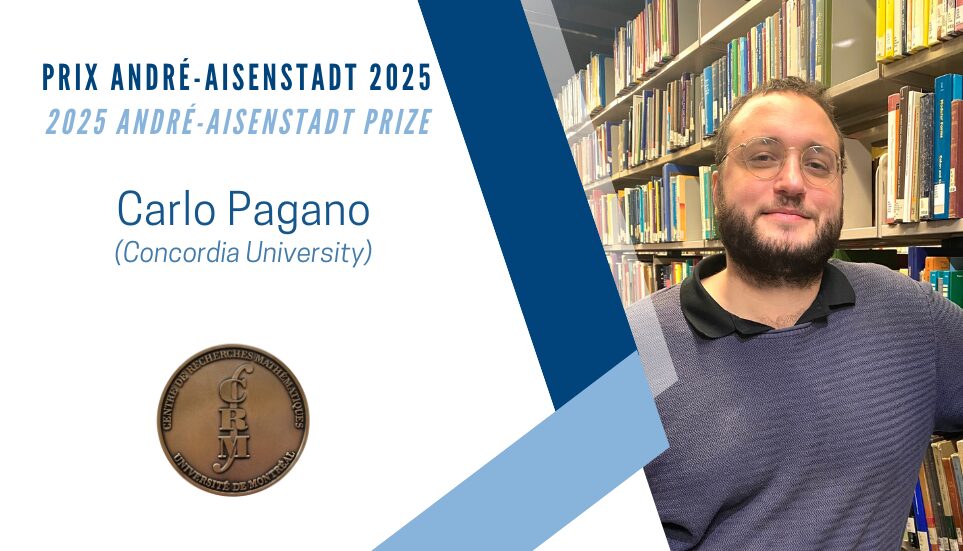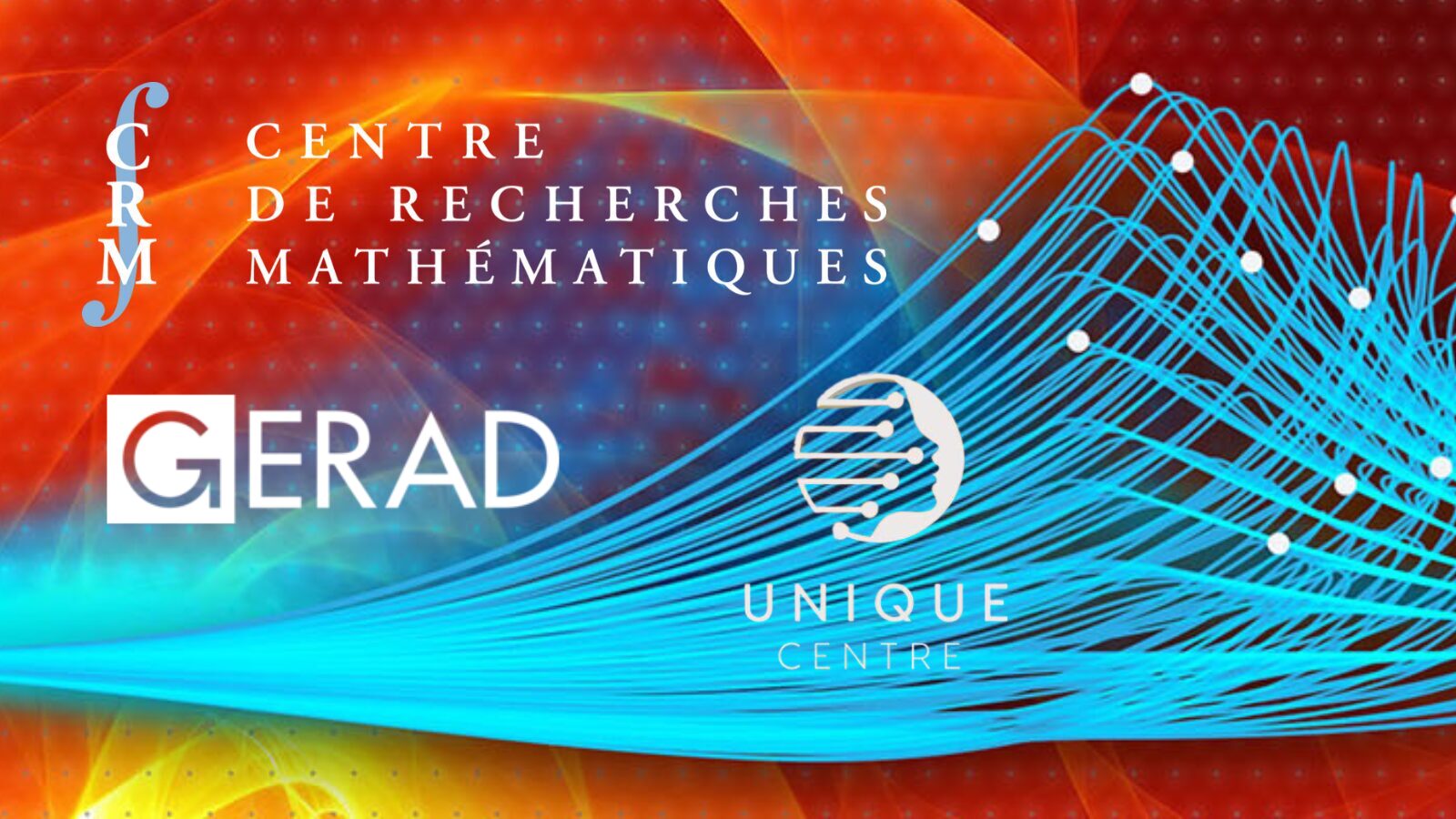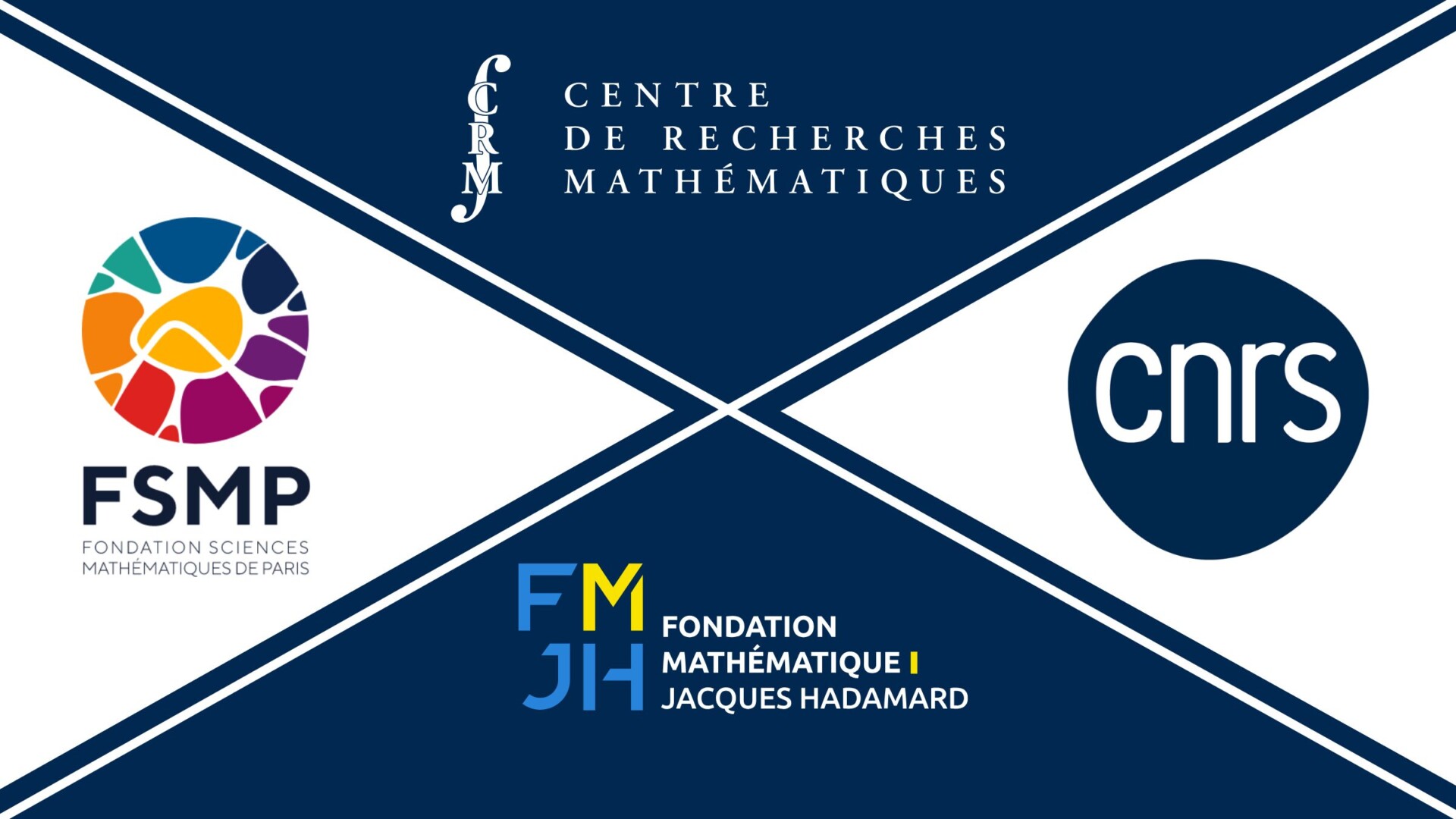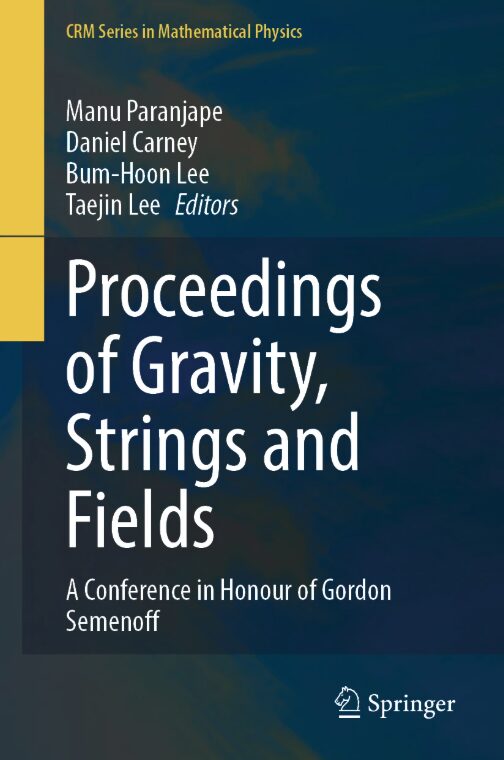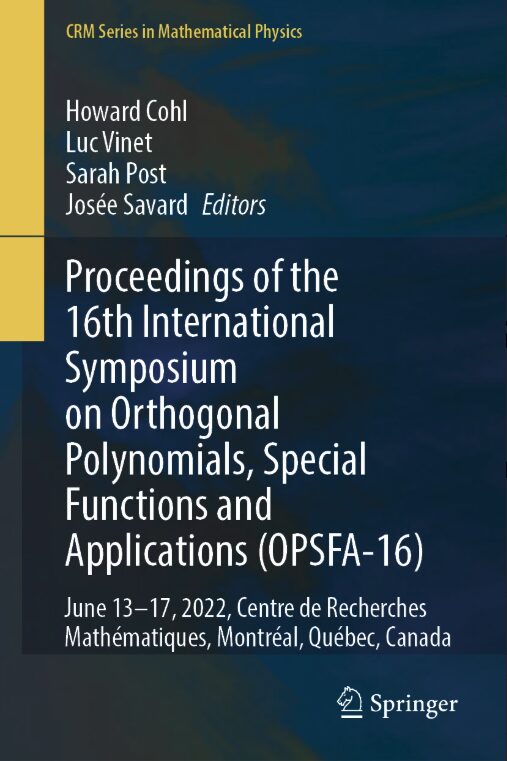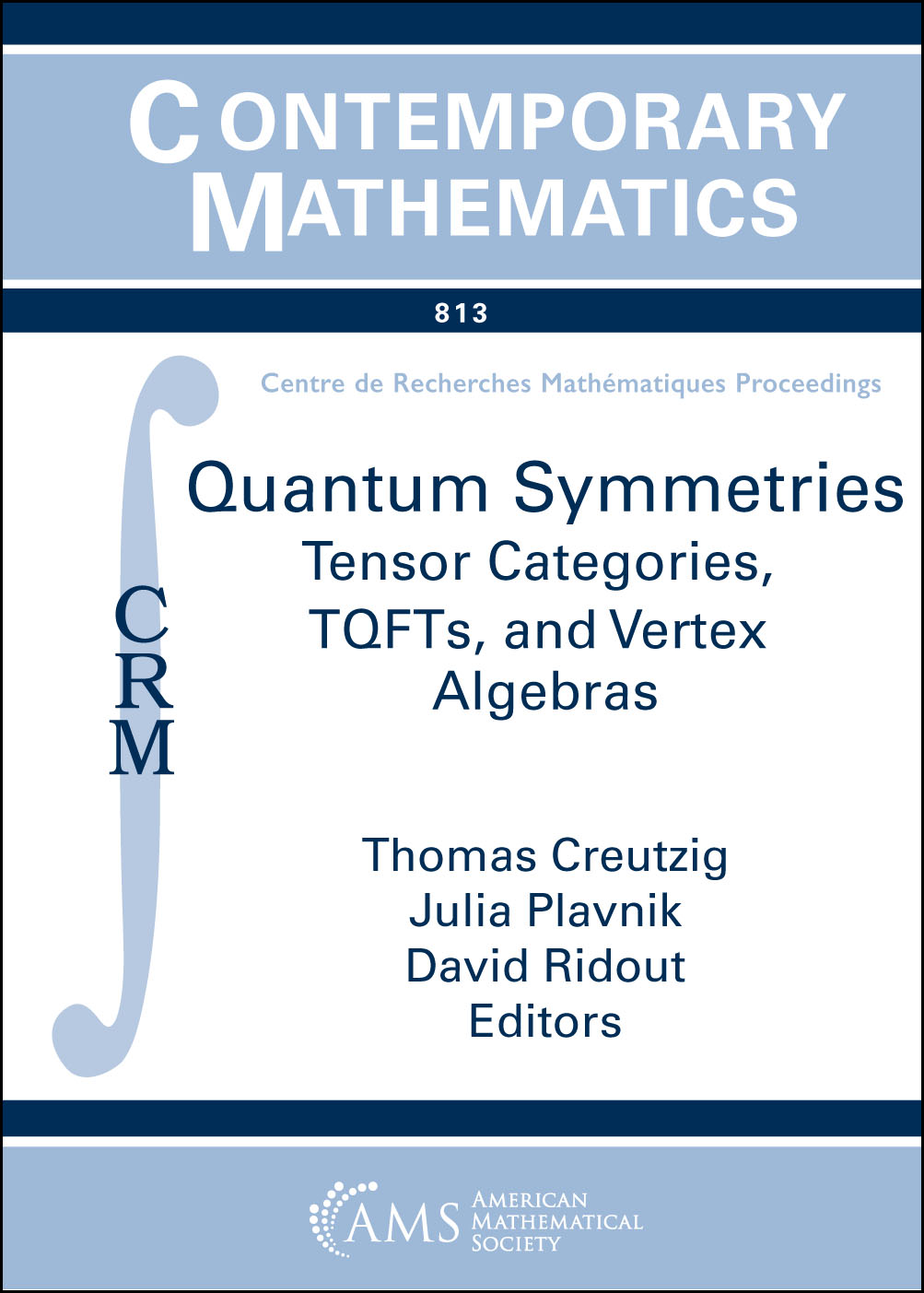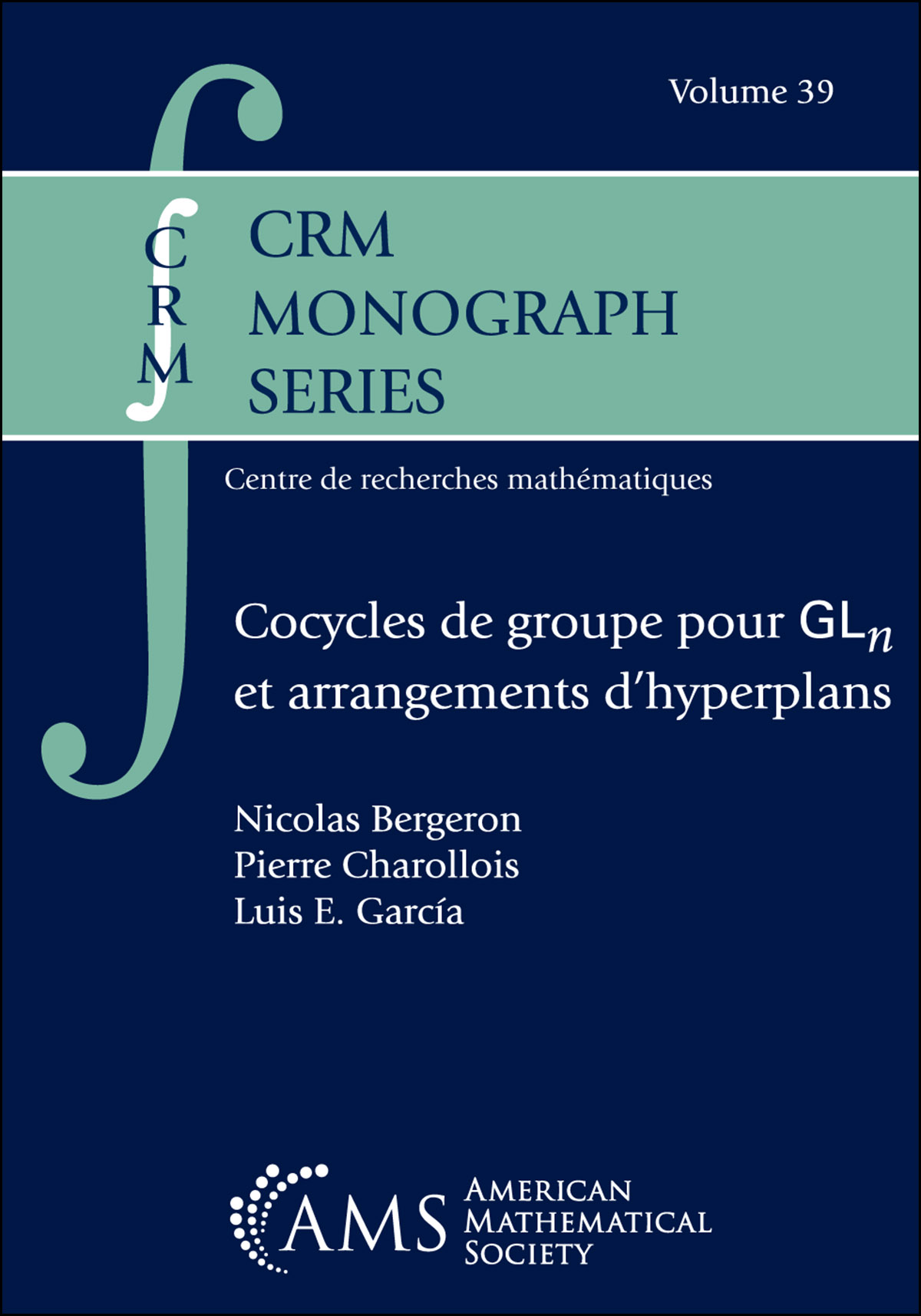The 2025 André Aisenstadt Prize awarded to Carlo Pagano
The André Aisenstadt Prize, which recognizes outstanding research achievements in pure or applied mathematics by a young Canadian mathematician, is awarded this year to Carlo Pagano (Concordia University). His remarkable contributions continue the tradition of excellence that this prize has celebrated since its inception.
Carlo Pagano was born in Italy. He received his PhD in 2018 from Leiden University in the Netherlands, under the supervision of Hendrik Lenstra. After postdoctoral positions at the Max Planck Institute for Mathematics in Bonn and at the University of Glasgow, he joined the department of Mathematics and Statistics at Concordia University in August 2022.
Carlo Pagano of Concordia University, along with co-author Peter Koymans of Utrecht University, has proved several outstanding conjectures in algebraic number theory using a variety of tools from different areas.
It was known since Fermat’s time that for every non-square positive integer d, Pell’s equation x^2-dy^2=1 has infinitely many solutions in integers x,y. Dirichlet was intrigued in determining for which d there are solutions to x^2-dy^2=-1 (the “negative Pell equation”), and Stevenhagen gave a very precise conjecture for the number of such d up to D. This was proved by Koymans and Pagano. Their proof developed ideas from Alexander Smith’s proof of the Goldfeld conjecture (for the distribution of ranks of quadratic twists of elliptic curves) in this new context.
One of the great breakthroughs of 20th-century logic was the resolution of Hilbert’s 10th problem by Martin Davis, Hilary Putnam, Julia Robinson, and Yuri Matijasevic in 1970, which showed that there is no general algorithm that can decide whether any given Diophantine equation has a solution in integers. Surprisingly, the proof does not extend to other number rings, and this has been mysterious ever since. Recent work by Alexandra Shlapentokh had reduced this to finding elliptic curves over any number field whose rank did not increase over a given field extension. In 2024, Koymans and Pagano constructed such elliptic curves using a version of Green and Tao’s theorem about primes in arithmetic progressions, but now over number fields (due to Kai), and thus Hilbert’s 10th problem is resolved over all number rings.
These landmark breakthroughs testify to Carlo’s unerring instinct in identifying important problems that are ripe for solution, as well as his strength and tenacity in deriving complete, definitive solutions.
The André Aisenstadt Prize in Mathematics
Created in 1991 by the CRM, the André Aisenstadt Prize in Mathematics, which includes a scholarship and a medal, recognizes outstanding research results in pure or applied mathematics by a young Canadian mathematician.
The 2025 André Aisenstadt Prize lectures will be announced at a later date.
Registration open for the IDMS Summer School 2026
Increasing Diversity in Mathematical & Related Sciences Deadline: December 15, 2025May 17–22, 2026 — [...]
Doctoral Scholarship Competition 2025-2026 as part of the Strategia Project: Call for Applications
Deadline: December 1, 2025 The Centre de recherches mathématiques (CRM), GERAD, and UNIQUE [...]
Collaboration agreement between the CRM, INSMI, FMJH, and FSMP
The Centre de recherches mathématiques (CRM), the Institut national des sciences mathématiques et de [...]

